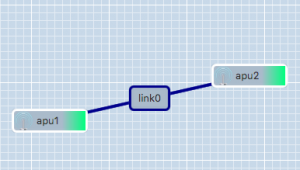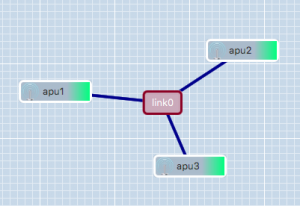Difference between revisions of "GRE Tunnels"
| Line 11: | Line 11: | ||
This can be done by running the following one-liner: | This can be done by running the following one-liner: | ||
| − | <code>wget -O- https://doc.lab.cityofthings.eu/w/images/9/93/Gre-utils.tar.gz | sudo tar -C /usr/local/ - | + | <code>wget -O- https://doc.lab.cityofthings.eu/w/images/9/93/Gre-utils.tar.gz | sudo tar -C /usr/local/ -zxvf -</code> |
This command will | This command will | ||
Revision as of 08:54, 9 March 2018
At this point, it is not possible to automatically create links between nodes of the CityLab testbed using the JFed interface. Fixing this issue is at the very top of our TODO list, but because of external factors beyond our control we are currently not able to commit to any particular deadline.
As a workaround it is possible to manually create links between nodes, once the test is running. This is done by establishing GRE-tunnels between the nodes over the management interface. Once a tunnel has been established, it can be used just like any other Ethernet-interface except that it has a slightly lower MTU.
A number of scripts are provided to make this as easy as possible to create and manage these tunnels.
Preparation
Before any tunnels can be created, the scripts first need to be installed on every node. This can be done by running the following one-liner:
wget -O- https://doc.lab.cityofthings.eu/w/images/9/93/Gre-utils.tar.gz | sudo tar -C /usr/local/ -zxvf -
This command will
- Download the Gre-utils.tar.gz archive
- Install the scripts in
/usr/local
Creating a link between two nodes
Creating a GRE tunnel between two nodes can be done using the gre_add_tunnel script.

